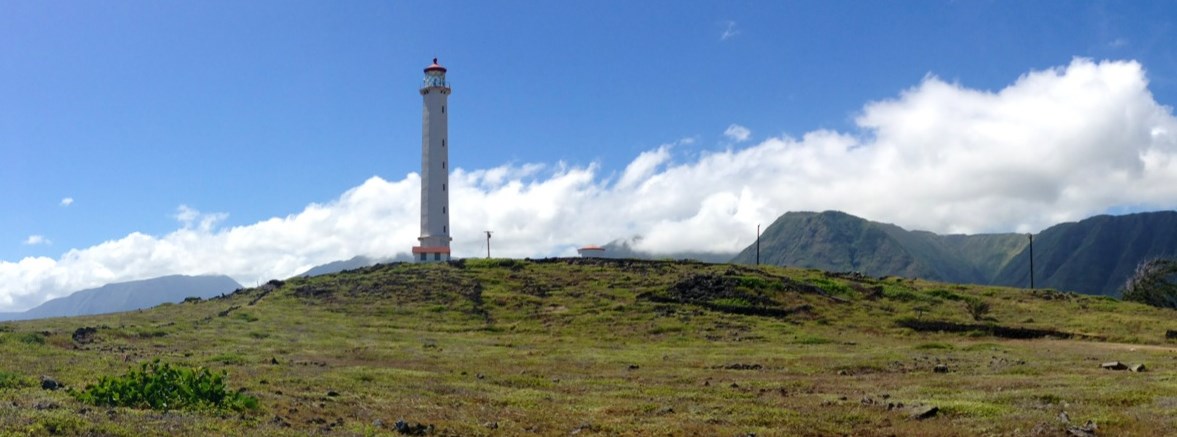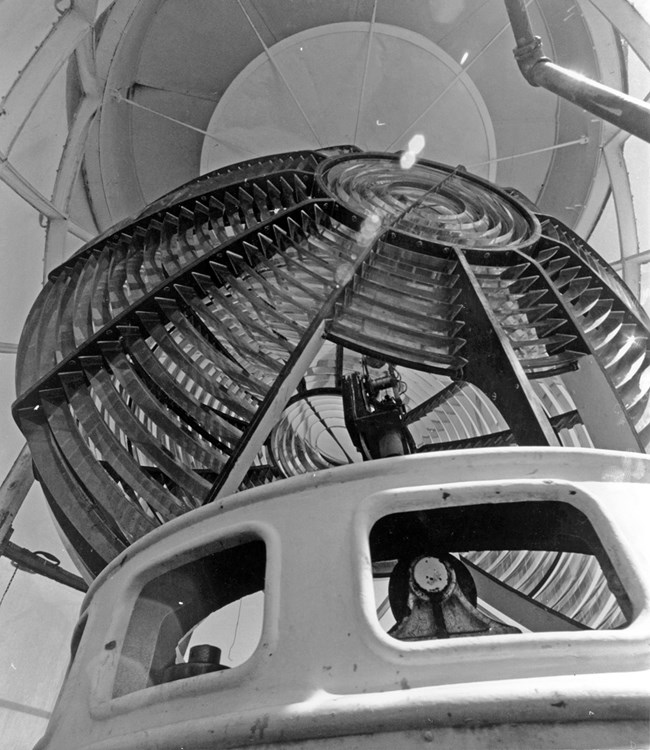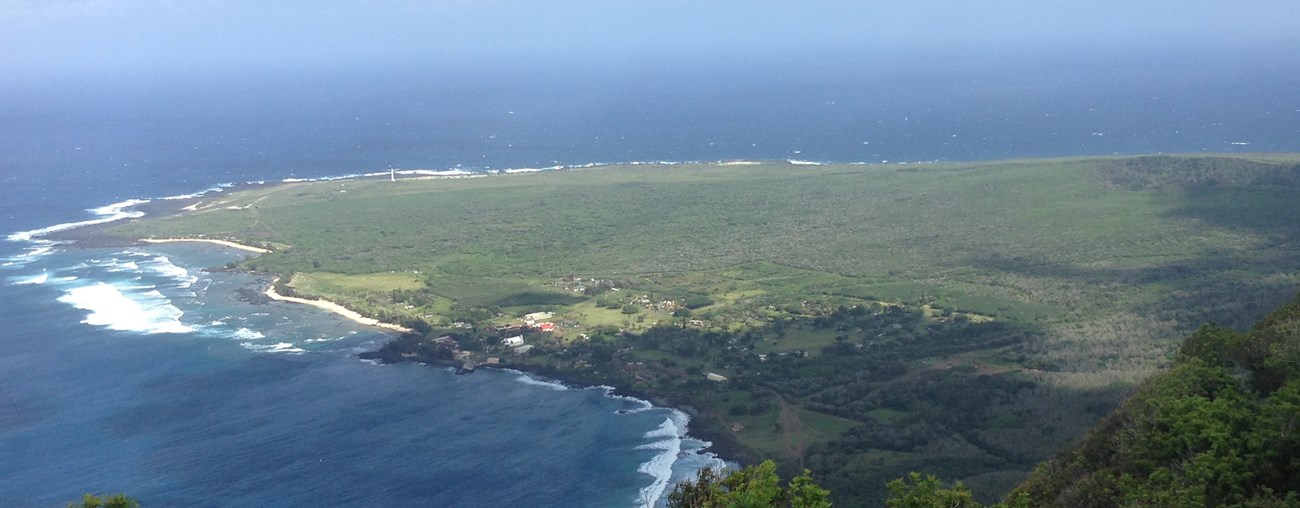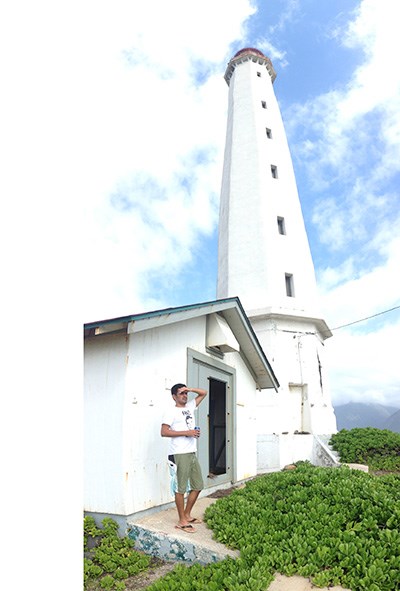
For over one hundred years, the Molokai Light has shone over the people of Kalaupapa Peninsula. More than just a guide for ships, the lighthouse inspires the art, music, and daily lives of the people in Kalaupapa. Today, the Molokai Light is as iconic to the Kalaupapa Settlement as the towering sea cliffs. Need for a LighthouseThe Kalaupapa Peninsula was an ideal location for a navigational aid. The land protruded out to sea for a considerable distance from the otherwise incurving north coast of Molokai. The Hawaiian Investigation report of 1902 emphasized the need for a primary seacoast light on north Molokai saying, “The great bulk of the Pacific coast commerce passes through the channel between the islands of Oahu and Molokai. Many hundreds of vessels now pass through this channel, and the number is rapidly increasing, and there are, with the single exception of the lighthouse at Diamond Head, no light-houses on the exposed points of either of these islands.” 
Construction BeginsHansen’s disease was greatly feared by the public and many lawmakers opposed a lighthouse so close to the settlement. But in 1908, Congress appropriated $60,000 to build the lighthouse. The lighthouse tower is more than 120 feet tall, with 189 steps, making it the tallest lighthouse in the Hawaiian Islands. Some of the most significant cargo to arrive at Kalaupapa had come from halfway around the world. The lantern and lens, made by Chance Brothers and Company in England, were ordered by the Lighthouse Board in September 1907. The original lens is a bivalve or clamshell second-order Fresnel Lens. The lens is six feet in diameter and has a framework of bronze. Each piece is hand cut, ground glass fitted at a precise angle into a section of the optic, and each section is fitted exactly into the whole framework. An engraved number notes the position of individual pieces. There are 26 sections all together. Thirty minutes before sunset on September 1, 1909, James Keanue climbed the stairs to the watch room tower to light the lamp. The Molokai Light shone more than 21 miles out to sea. 
The Lonely LightkeepersIsolation is not unique for lighthouses and their keepers, but at Kalaupapa, hundreds of Hansen’s disease patients lived only 1.5 miles away, and contact with them was prohibited. Lightkeepers and their families were strictly confined to the lighthouse area. Permits and permissions from the Hawaiian Department of Health were required anytime they, or their guests, arrived at or left the station. Many of the Hansen’s disease patients, who had also been isolated, understood the loneliness of the lightkeepers. Patients would sometimes sneak over to talk to them. One patient-resident, Rose Lelepali, recalls, “They were so lonesome we would sneak up to the light station and talk story with them. There were still great restrictions, and we were not supposed to visit the light keepers, but the men were thankful for the company.” People from the settlement rode their horses or walked up to see the light tower; it was a place to go, something to do, a sight to share. As the tallest lighthouse on the islands, it was a source of pride. Many men in the settlement were enthusiastic baseball players and formed several teams. Men from the lighthouse joined in the games. Despite strict separation policies, people living at Kalaupapa found ways to share the companionship and human contact needed by all people. 
Kalaupapa's LightMany patients enjoyed going to the airport at night to watch the light. It was a romantic feeling the light created. For Rose Lelepali, the light was part of her life. Each night it swept across the cliffs and black lava rocks from which she fished. It rhythmically lit up her bedroom “like a full moon’s beam.” It was a light that had shown through the darkness of the settlement from the time Rose arrived as a patient. Rose recalls, “To see that lens; to see the source of the light was something I will always remember.” Patient-resident Richard Marks once said: “Everyone of our people… can remember this light looking over us… That light has been very special to the people here. It has been here longer than any living person has. You could always look out and see it sweeping across the cliff. It is the Kalaupapa Light.” |
Last updated: August 26, 2024
